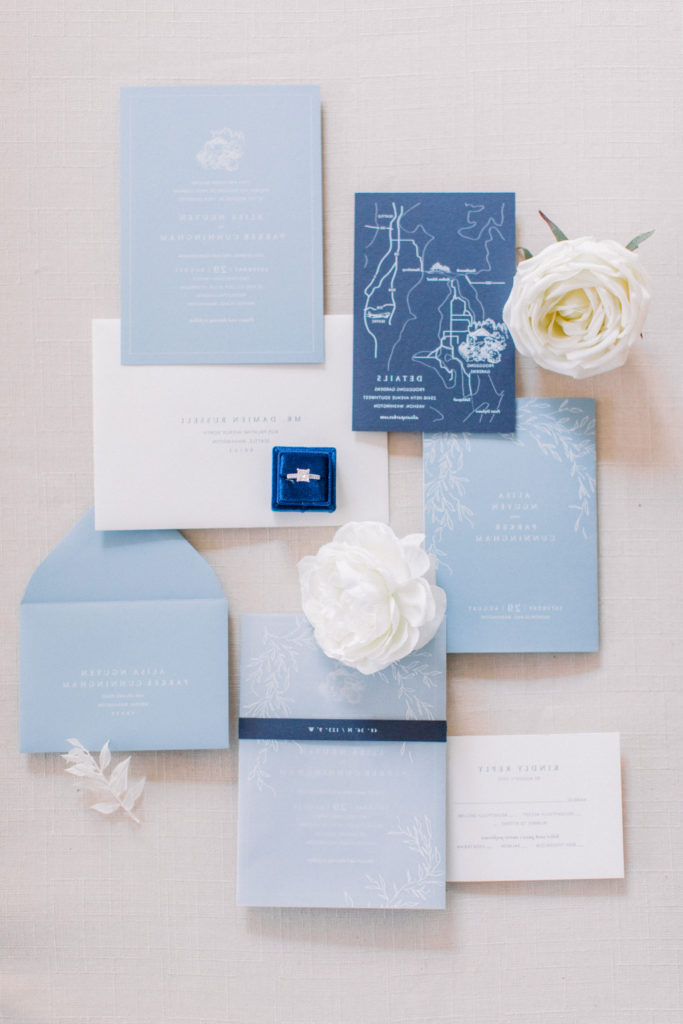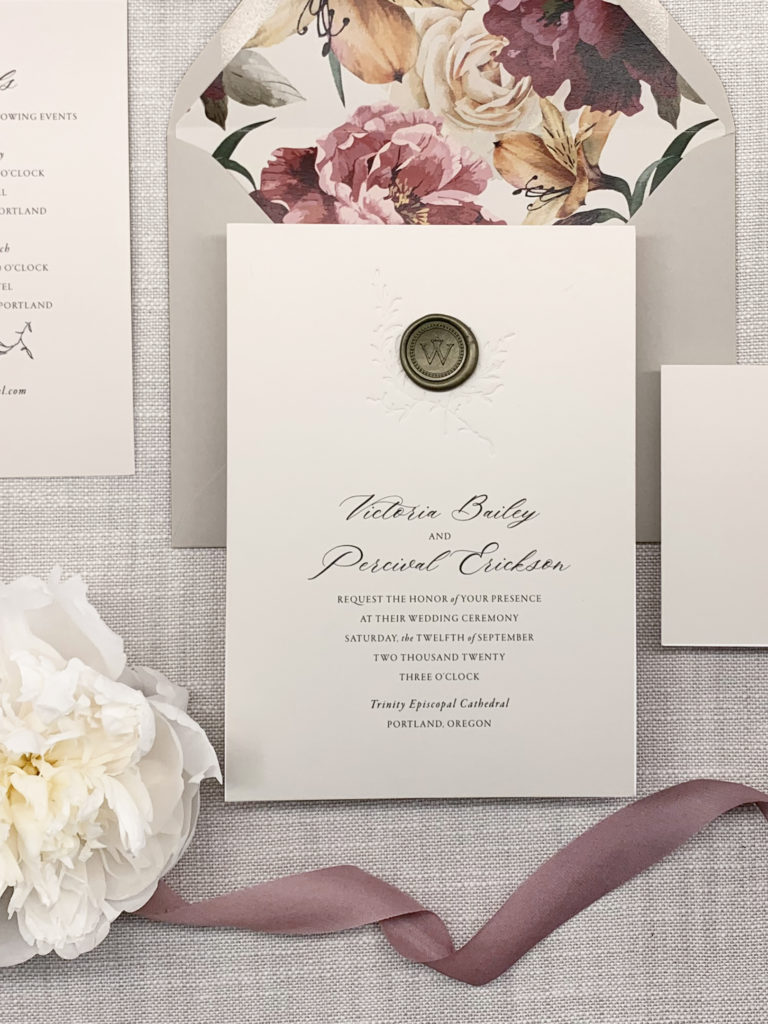Mailing out wedding invitations can be a pretty exciting time for any newly engaged couple. You’ve said yes, and have already chosen your save the dates! However, as exciting as this time may be, it is essential to keep in mind a few important aspects when it comes to making sure that those wedding invites arrive at your guest’s residence on time. In order to save you time and a lot of stress, we have put together a list of tips that will help to ensure that your mailing process runs smoothly.
How to mail your wedding invitations
When you are mailing out wedding invitations, something that may not cross your mind is just how many times mail actually goes missing. On average, you probably send and receive packages and cards pretty regularly without worrying about them getting to their destination. However, if you are thinking about mailing out a large number of wedding invites, it’s probably safe to say that a few of them are going to go missing, which leads us to our next point!
Be prepared
It’s always a good idea to order extra invitations for a few common reasons. (last-minute invites, photographer’s flat lay, and keepsakes) but the biggest reason is that sometimes invitations just go missing. This can happen for a ton of reasons, maybe a few guests could have had a typo in their address, or perhaps they moved. All in all, this is definitely one less stress that you need to worry about during your wedding planning process, so it’s important to have a few extras on hand!
Return Address
This is a big one! Generally, your post office will have local guidelines for these, but usually, they ask that the return address is on the same side as the main address. This way no one is confused, and everyone is happy. Obviously, for wedding invitations, this isn’t an ideal situation as far as aesthetics go, but it’s a less risky approach. Should you decided to flout the postal system’s advice, and put the address on the back flap, the correct placement is key. It’s important to make sure the address is placed towards the top so that the machine doesn’t mistake it for the mailing address. This will ensure that your precious invitations will be delivered worry-free.
Legibility
We know that the biggest part of any wedding invitation is to give your guest that wow-factor! Now, with that said we should note that it’s important to make sure that that the machine can read with writing on your invitation envelope, so you want to make sure that it’s both large enough and clear to do so. Another factor to think about is color. A light-colored envelope with white ink, which we will agree is gorgeous, can definitely cause some problems if the postal machines cannot read the address. The same rules apply for dark envelopes with dark ink as well. Also, be wary of script fonts in which the 1 and the 7 look too similar. Keep these tips in mind to help ensure that your invitation gets to where it needs to be.
Postage
One of the main reasons that invitations get returned is due to their weight. It’s not just size that increases postage – if a mailer is over an ounce, then it will require more postage. A good way to prevent them from getting returned is to weigh your invitations at your local l post office before you move forward with purchasing stamps. This will save you a lot of time and money! Thickness, rigidity, unevenness, or orientation are other factors to consider when you are mailing out your wedding invitations. Anything that pushes the mailer outside of the constraints of the postal machines necessitates additional postage. These are all important factors to consider in order to ensure that this exciting time in your life runs smoothly.
If you are planning your wedding and are looking for some extra tips and tricks to help you as you decided on those beautiful wedding invitations, contact us today! We know all about weddings and we specialize in creating gorgeous, custom-made, and worry-free invitations so that you don’t have to.




